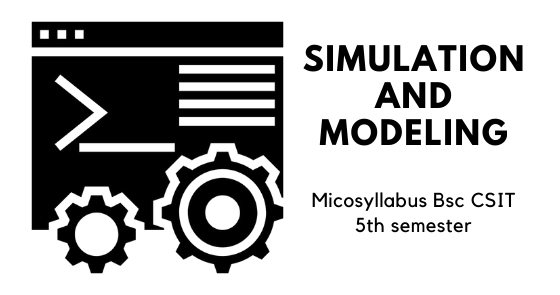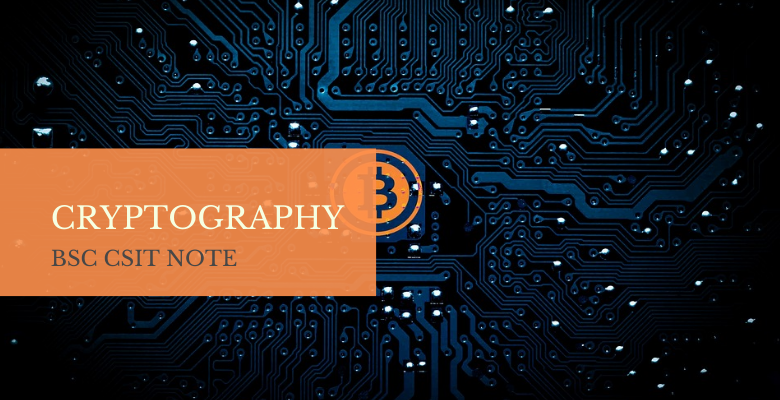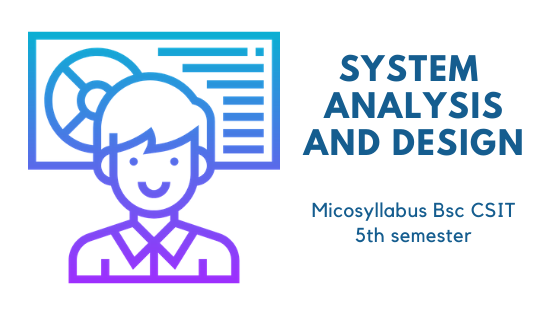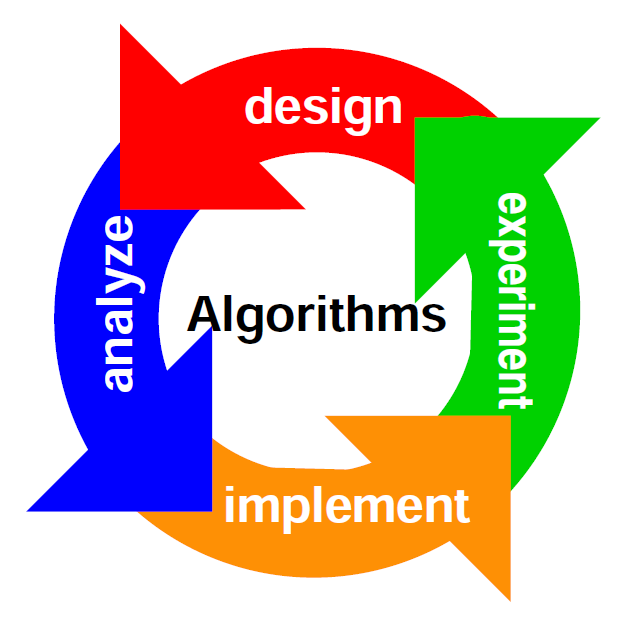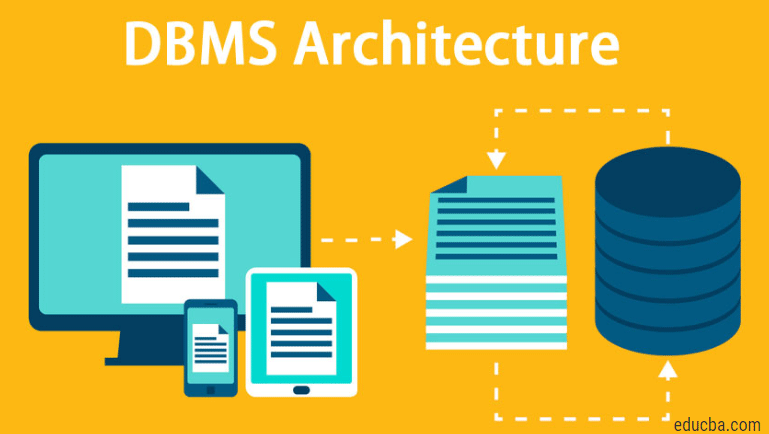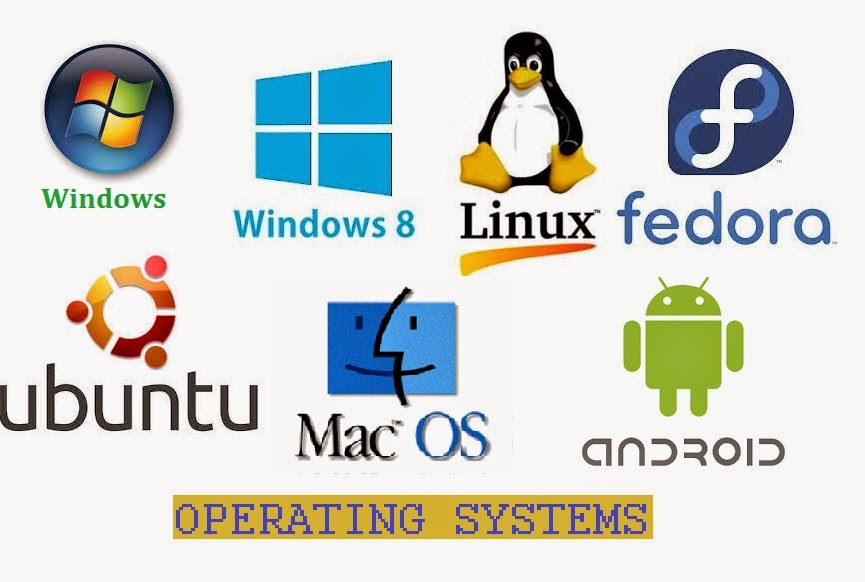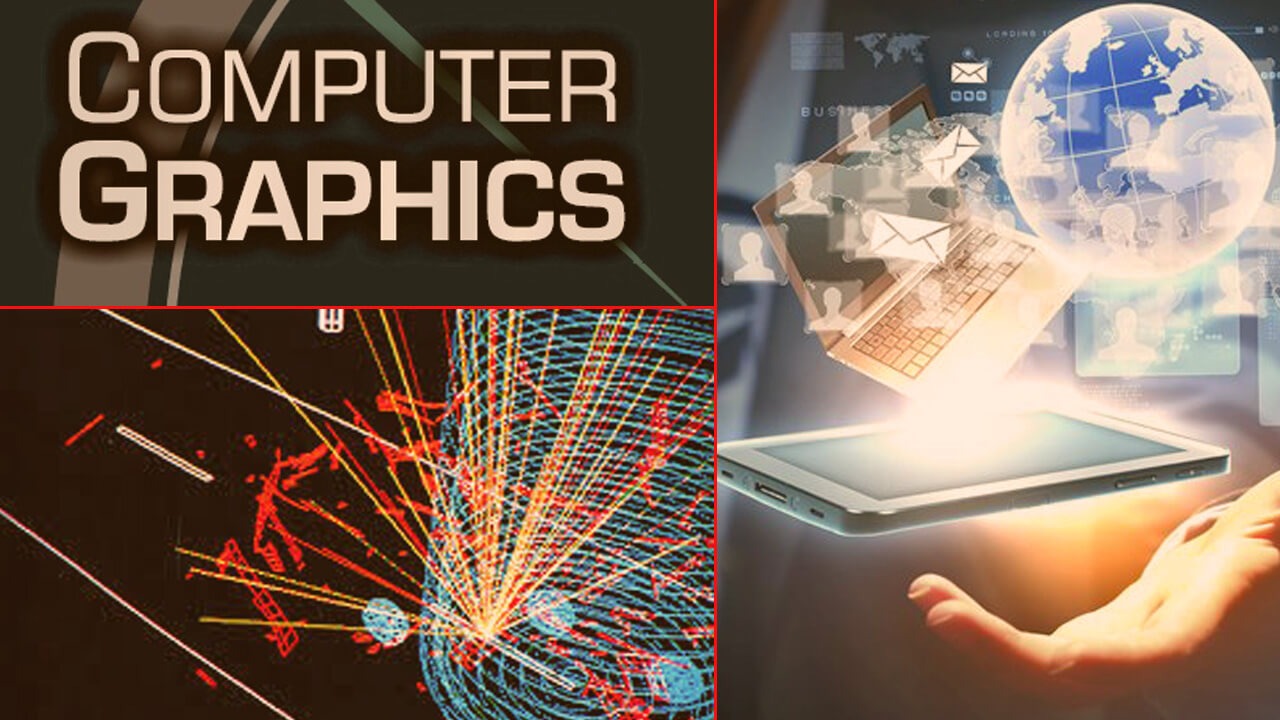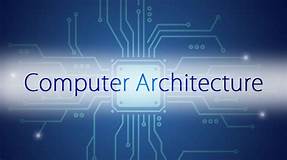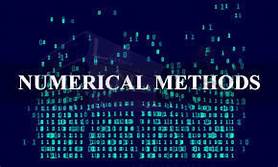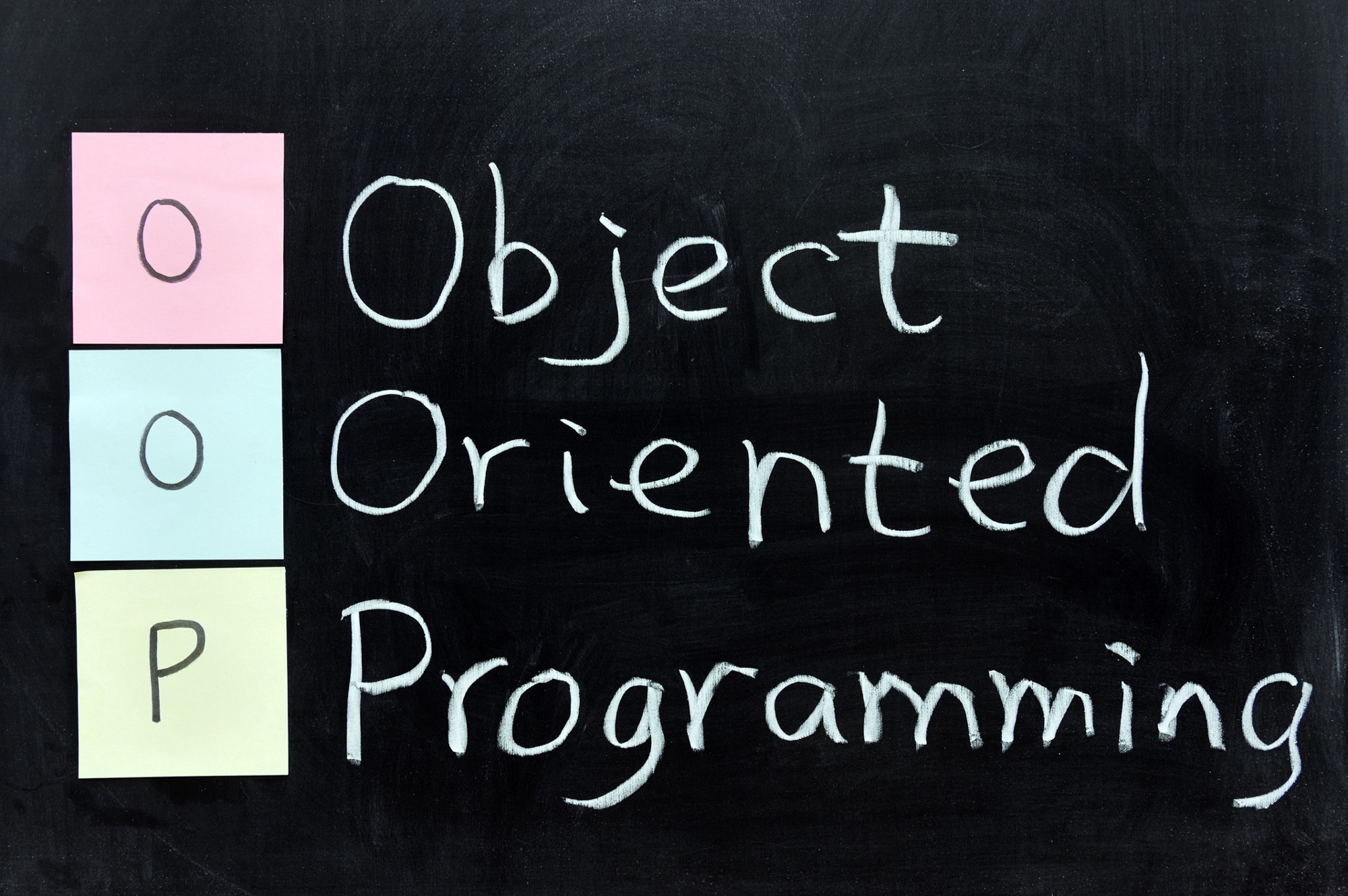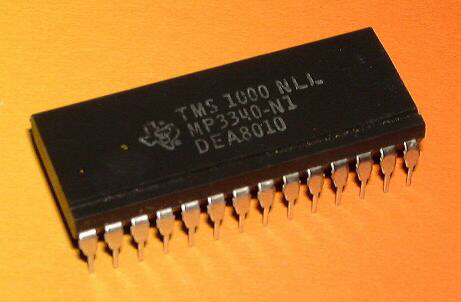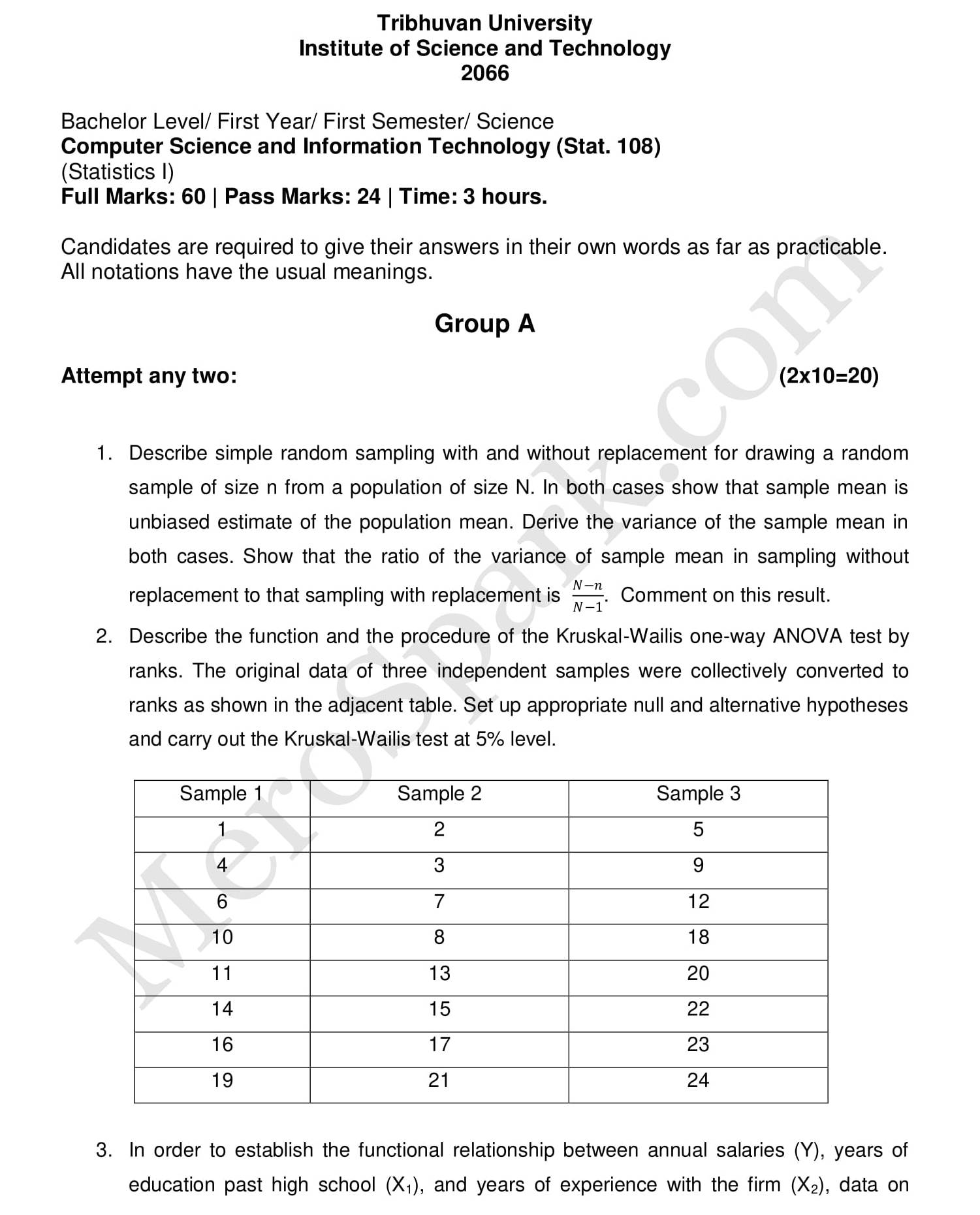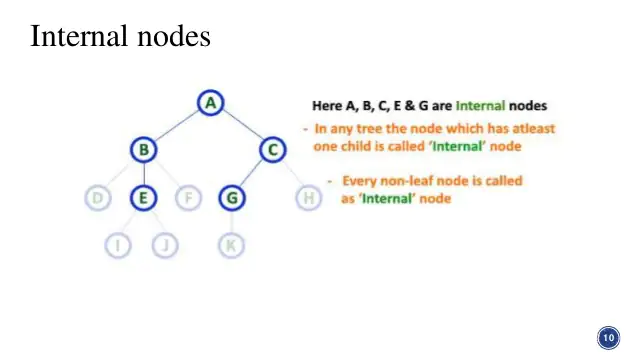BSc. CSIT - Web Technologies
Web technologies are the markup languages and multimedia packages computers use to communicate.
BSc. CSIT - Simulation and Modelling
Modeling and simulation (M&S) is the use of models (e.g., physical, mathematical, or logical representation of a system, entity, phenomenon, or process) as a basis for simulations to develop data utilized for managerial or technical decision making.
BSc. CSIT - Cryptography
Cryptography is the study of secure communications techniques that allow only the sender and intended recipient of a message to view its contents. The term is derived from the Greek word kryptos, which means hidden.
BSc. CSIT - System Analysis and Design (SAD)
Systems Analysis and Design (SAD) is a broad term for describing methodologies for developing high-quality Information System which combines Information Technology, People and Data to support business requirement.
BSc. CSIT - Design and Analysis of Algorithm (DAA)
An Algorithm is a sequence of steps to solve a problem. Design and Analysis of algorithms are very important for designing algorithms to solve different types of problems in the branch of computer science and information technology.
BSc. CSIT - Artificial Intelligence (AI)
Artificial intelligence (AI) refers to the simulation of human intelligence in machines that are programmed to think like humans and mimic their actions.
BSc. CSIT - Database Management System (DBMS)
A Database Management System (DBMS) is software designed to store, retrieve, define, and manage data in a database.
BSc. CSIT - Operating Systems
An operating system (OS) is system software that manages computer hardware, software resources, and provides common services for computer programs.
BSc. CSIT Computer Graphics
The course covers concepts of graphics hardware, software, and. applications, data structures for representing 2D and 3D geometric objects, drawing algorithms. for graphical objects, techniques for representing and manipulating geometric objects, illumination and lighting models, and the concept of virtual reality.
BSc. CSIT Computer Architecture(CA)
This course includes concepts of instruction set architecture, organization or micro-architecture, and system architecture.
BSc. CSIT Numerical Method
This course contains the concepts of numerical method techniques for solving linear and nonlinear equations, interpolation and regression, differentiation and integration, and partial differential equations.
BSc. CSIT Data Structure and Algorithm
This course covers concepts of various data structures like stack, queue, list, tree, and graph. Additionally, the course includes the idea of sorting and searching.
BSc. CSIT Mathematics II
Second Semester .............
Lok Sewa - Banking Post
This questionnaires are particularly designed for Loksewa for banking post.
Computer Tanvir Iqbal Khan/Majid Tahir - Work Sheets CIE AS/A level
Computer 9608
BSc. CSIT - Object Oriented Programming (OOP)
Object-oriented programming (OOP) is a programming paradigm based on the concept of "objects", which can contain data and code: data in the form of fields (often known as attributes or properties), and code, in the form of procedures (often known as methods).
BSc. CSIT Microprocessor
A microprocessor is a computer processor where the data processing logic and control is included on a single integrated circuit or a small number of integrated circuits. The microprocessor contains the arithmetic, logic, and control circuitry required to perform the functions of a computer’s central processing unit.
BSc. CSIT Statistics-I
Statistics is a mathematical body of science that pertains to the collection, analysis, interpretation or explanation, and presentation of data, or as a branch of mathematics. Some consider statistics to be a distinct mathematical science rather than a branch of mathematics.
BSc. CSIT Discrete Structures
The course covers fundamental concepts of discrete structure like logic, proofs, sets, relations, functions, counting, and probability, with an emphasis on applications.
BSc. CSIT Physics
This course covers the fundamentals of physics including oscillations, electromagnetic theory, and basics of quantum mechanics, band theory, semiconductors, and universal logic gates, and finally physics of manufacturing integrated circuits. The main objective of this course is to provide knowledge in physics and apply this knowledge to computer science and information technology.

